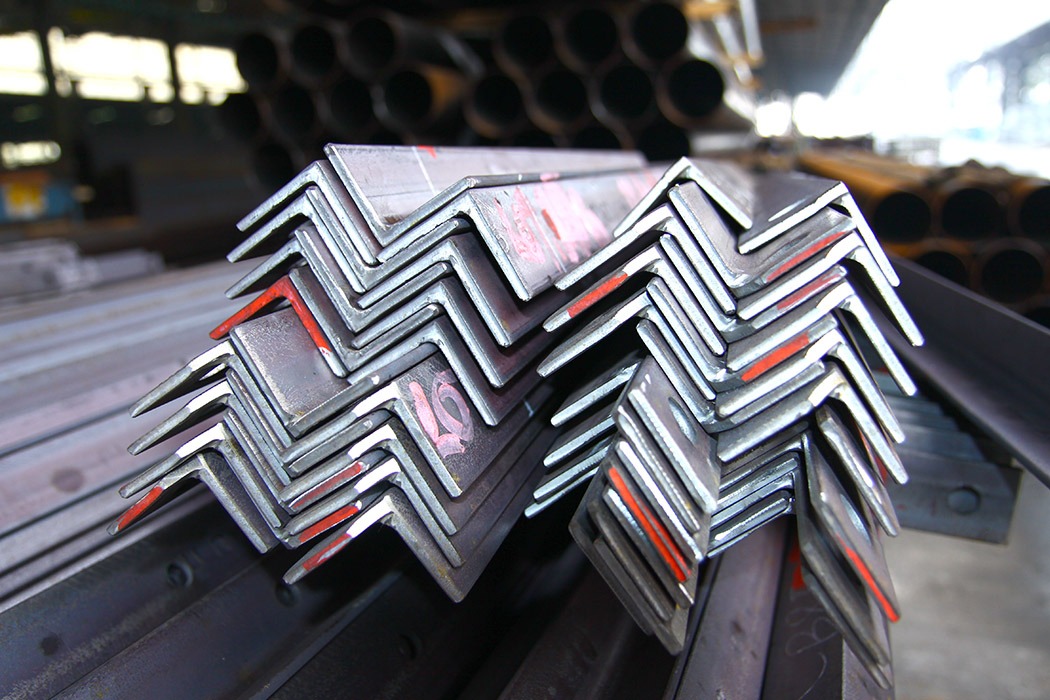Steel angles, a fundamental component in construction and manufacturing, have long been celebrated for their strength, versatility, and cost-effectiveness. As modern architecture and design continue to evolve, steel angles are poised to play an even more significant role in shaping the built environment. From innovative structural applications to aesthetic enhancements, the future of steel angles is bright, driven by advancements in technology, sustainability, and creative design.
Innovative Structural Applications
In modern architecture, the demand for lightweight yet durable materials is higher than ever. Steel angles, with their L-shaped cross-section, provide exceptional load-bearing capacity and stability, making them ideal for complex structural frameworks. Architects and engineers are increasingly using steel angles to create open, flexible spaces that maximize natural light and airflow. For example, in large-span structures like airports, stadiums, and exhibition halls, steel angles are used to support expansive roofs and cantilevered sections, enabling bold and futuristic designs.
Moreover, the rise of modular construction has opened new avenues for steel angles. Prefabricated steel angle components can be easily assembled on-site, reducing construction time and waste. This approach aligns with the growing emphasis on efficiency and sustainability in the construction industry.
Aesthetic Integration in Design
Beyond their structural utility, steel angles are becoming a key element in architectural aesthetics. Exposed steel angles are increasingly used to create industrial-chic designs, adding a raw, modern edge to buildings. From sleek office interiors to trendy residential lofts, steel angles are being incorporated into staircases, railings, and decorative fixtures, blending functionality with visual appeal.
Designers are also experimenting with steel angles to create geometric patterns and artistic installations. Their clean lines and angular form make them ideal for creating striking visual contrasts in both interior and exterior spaces. For instance, steel angles can be used to frame glass facades, adding depth and texture to minimalist designs.
Sustainability and Eco-Friendly Practices
As the world shifts toward sustainable construction practices, steel angles are emerging as an environmentally friendly choice. Steel is one of the most recycled materials on the planet, and MS angles can be reused or repurposed without losing their structural integrity. This recyclability reduces the demand for virgin materials and minimizes waste, contributing to a circular economy.
Additionally, advancements in manufacturing processes are making steel production more energy-efficient and less carbon-intensive. Techniques like electric arc furnaces, which use recycled steel scrap, are reducing the environmental footprint of steel angles. Architects and builders are increasingly prioritizing materials with low embodied carbon, and steel angles fit seamlessly into this paradigm.
Technological Advancements
The integration of technology is revolutionizing the use of steel angles in architecture and design. Computer-aided design (CAD) and building information modeling (BIM) allow for precise customization and optimization of steel angle components. These tools enable architects to experiment with complex geometries and ensure that steel angles are used efficiently, reducing material waste.
Furthermore, the advent of 3D printing and robotic fabrication is opening new possibilities for steel angle applications. Customized steel angle profiles can now be produced with unprecedented precision, allowing for unique designs that were previously unattainable. This technological synergy is pushing the boundaries of what steel angles can achieve in modern architecture.
Challenges and Opportunities
Despite their many advantages, steel angles face challenges in terms of corrosion and maintenance, especially in harsh environments. However, ongoing research into advanced coatings and treatments, such as galvanization and powder coating, is addressing these issues, extending the lifespan of steel angles and enhancing their performance.
Another challenge lies in educating architects and designers about the full potential of steel angles. While their structural benefits are well-known, their aesthetic and sustainable advantages are often overlooked. Increased awareness and collaboration between material scientists, architects, and designers can unlock new opportunities for steel angles in modern design.
Conclusion
The future of steel angles in modern architecture and design is marked by innovation, sustainability, and creativity. As architects and designers continue to push the boundaries of what is possible, steel angles will remain a versatile and indispensable material. From supporting cutting-edge structural designs to enhancing aesthetic appeal, steel angles are set to play a pivotal role in shaping the skylines and spaces of tomorrow. By embracing technological advancements and sustainable practices, the construction industry can ensure that steel angles remain a cornerstone of modern architecture for decades to come.

